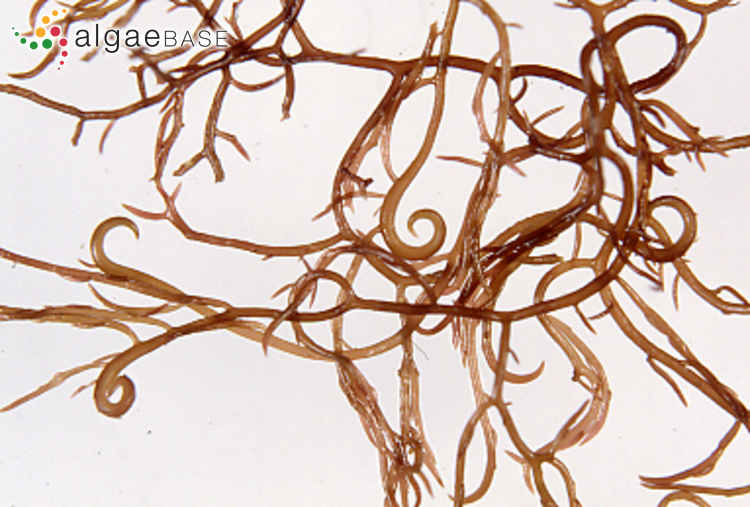Hook Weed
Hook Weed (Hypnea musciformis)
Description:
- Masses of intertwined branches, with the ends of the projections forming hooks (EOR, 2015)
- Usually a red color but can be yellow or brown in some environmental conditions (UH Botany Dept., 2001)
- Can spread and reproduce through fragmentation, waves break off hooks which drift and attach to other locations (HISC, 2017)
Habitat:
- Often found attached to rocks and reef algae in intertidal pools and beaches (EOR, 2015)
- Can be found free-floating in bloom stage (UH Botany Dept., 2001)
Impacts & Concern:
- Rapid growth rate and easy fragmentation (EOR, 2015)
- Ability to grow on other drifting seaweeds (CABI, 2019)
- Mats of seaweed wash up on beaches resulting in decreased beach use and property values (HISC, 2017)
- Competes with and overpowers local native algae and corals (CABI, 2019)
Introduction:
- Illegally introduced to Kāne‘ohe Bay from Florida in 1974 (UH Botany Dept., 2001)
- Intended for commercial aquaculture use (UH Botany Dept., 2001)
Distribution in Hawaii: (HISC, 2017)
- Kauai: Found at Prince Kuhio Beach and Salt Pond Beach
- O‘ahu: Large amounts from Kahala to Makaha
- Molokai: Found in some areas including Kaunakakai and Kupepe
- Lanai: Not documented
- Maui: Large amounts on windward and leeward reefs
- Big Island: Not documented
References:
- Eyes of the Reef (EOR). (2015). Hookweed (hypnea musciformis). Eyes of the Reef Hawaiʻi. https://eorhawaii.org/education/marine-invasive-species/hypnea-musciformis/
- CABI Invasive Species Compendium. (2019). Hypnea Musciformis. [Data sheet]. https://www.cabi.org/isc/datasheet/107763
- UH Botany Department. (2001). Hypnea Musciformis. Marine Algae of Hawaiʻi. https://www.hawaii.edu/reefalgae/invasive_algae/rhodo/hypnea_musciformis.htm#
- Hawaii Invasive Species Council (HISC). (2017). Hookweed (Hypnea musciformis). https://dlnr.hawaii.gov/hisc/info/invasive-species-profiles/hookweed/
